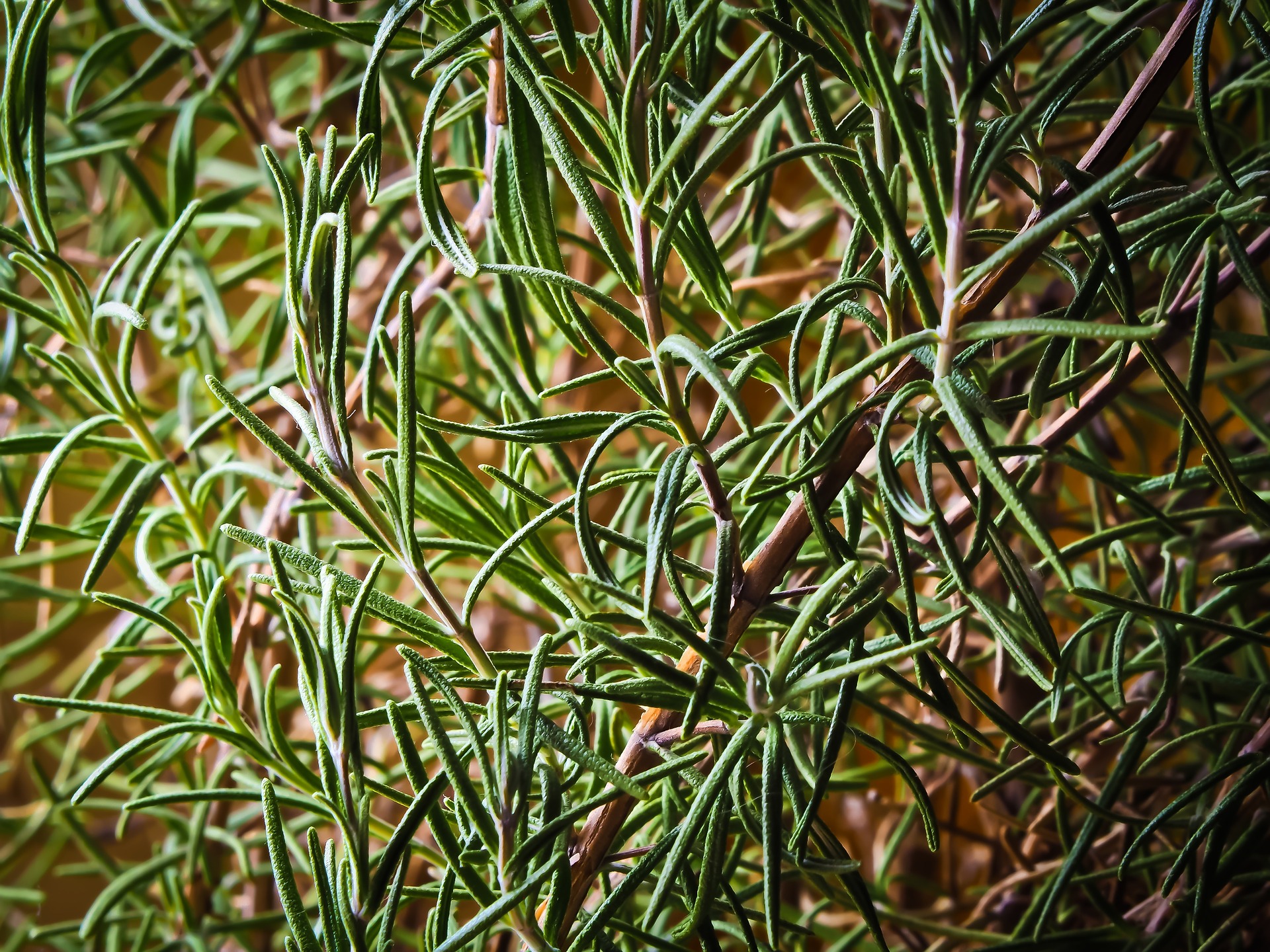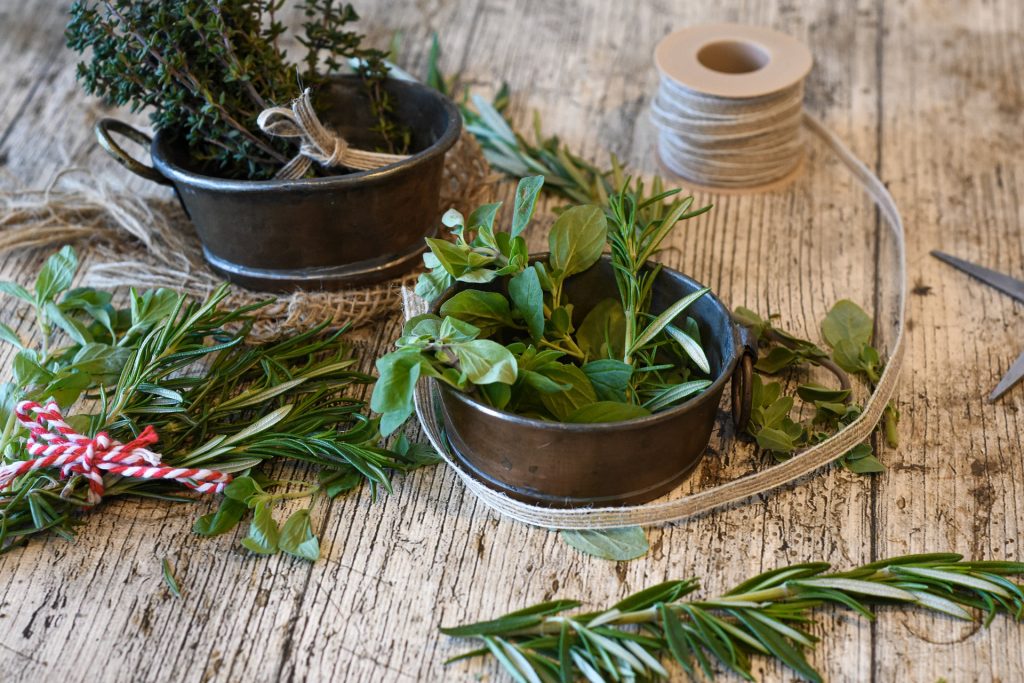Rosemary is a fragrant evergreen shrub with spiky leaves. It belongs to the mint family Lamiaceae and is native to the Mediterranean region. However, today it’s grown worldwide. The plant features white, blue, pink, or purple flowers. The leaves of rosemary in fresh or dried form are used to season food. The perennial herb is not only used for flavors but is also a good source of iron, calcium, and vitamin B6.
In India, rosemary is commonly known as Gulmehendi.

Growing Rosemary
Rosemary can be grown both by seed sowing and propagation. The germination rates are quite low when growing from seeds, therefore, it’s strongly recommended to grow the plants from cuttings. Cuttings grow quickly when provided viable conditions. The best time to plant the seeds or cuttings is 8-10 weeks before the last spring frost.
To grow the plant from seeds, sow it first indoors in seedling trays and then transplant it to a bigger pot when the seedling is at least 5-6 inches tall. Make sure to keep the soil moist. Seeds usually take 2-3 weeks to germinate.
For propagating through stem cutting, take approximately 2 inches (5 cm) long cuttings and pluck away the leaves on the bottom two-thirds of the stem cutting. Plant the cuttings in a well-draining and loose potting mixture and keep the soil moist but not soggy till the cutting roots. Once the roots have developed and plants have established themselves, put them in an area of full to partial sun and watch them grow.
Rosemary Care
- Rosemary plant grows well in full sun. So choose a spot where the plant gets at least 6-8 hours of sun.
- Rosemary is fairly a drought-resistant plant that requires less water to survive. Use well-draining soil and water the plant when the top layer of the soil is dry. Do not overwater the plant as it may cause root rot and make your plant prone to some infections.
- These plants prefer warm and humid conditions and die in extremely cold conditions. In case of extreme cold, put your plant indoors to prevent it from dying.
- The plant prefers alkaline soil. You can also add manure and fertilizer to enrich the soil with nutrients for a healthy plant.
- Prune the plants regularly for bushier growth.


Uses
- Rosemary oil is used as a fragrant component in soaps and perfumes.
- Rosemary is a rich source of antioxidants and anti-inflammatory compounds that help boost the immune system and improve blood circulation.
- Rosemary is often used to help treat indigestion.
- The aroma from rosemary can improve a person’s concentration and mood.
- It is also used as a flavoring in a variety of dishes, such as soups, salads, and stews.
- Rosemary is one of the oldest known medicinal herbs, used centuries ago to enhance mental function and memory.
- The powdered leaves are used as an effective natural flea and tick repellent.
- It is also used in cocktails and infused oils for flavor.
